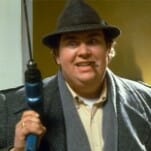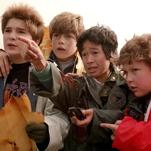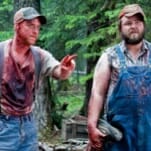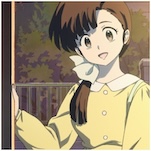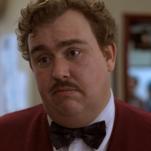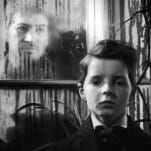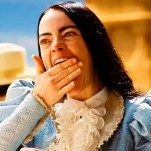Woodlands Dark and Days Bewitched Is a World Tour of Folk Horror
The doc charts the influence of a genre from roots to revival
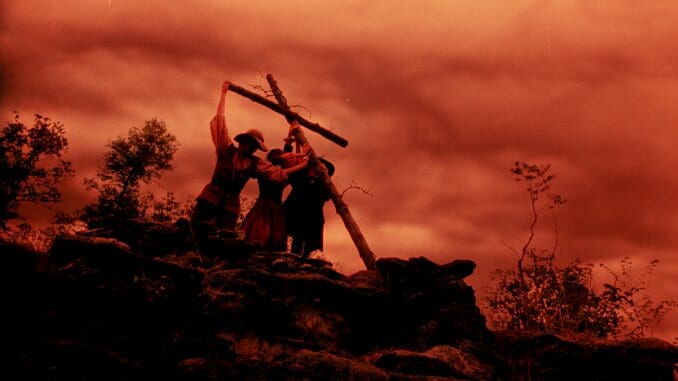
To an extent, you can classify horror by what is killing you: A brick shithouse murderer? You’re in a slasher. A horrid monster with big pointy teeth? You’re in a creature feature. (The tumorous conjoined twin peeking out of the back of some lady’s skull who hijacks the lady’s body and also can mess with electronics? Uh… I’ll get back to you.) Another way to look at it is where you are, and the documentary Woodlands Dark and Days Bewitched argues that the folk horror genre is much more about the nature of a place than about its manifested perils, be they a mob of pagan cultists, a coven of witches, or freaking Candyman.
This subcategory of horror is broad enough that it can draw in cult conspiracy films like The Wicker Man and those of Ari Aster even as it includes things like the numerous movies old and new about La Llorona and oddities like Psychomania, which is about a gang of undead café racer hooligans doing things like purposely committing suicide for funsies and riding their motorcycles through grocery stores to the horror of Londonites. It is less a genre, argues one talking head, than a mode of storytelling.
Across a runtime of more than three hours, Woodlands Dark dives into that form of storytelling, starting with the late-’60s/early-’70s movement in British cinema before heading west to America and then expanding its scope to draw in examples from all over the world to elucidate just what it is about, say, Banjong Pisanthanakun’s The Medium that feels so similar to something like Robert Eggers’ The Witch.

The documentary makes its most thorough study of British folk horror, starting with the sort of unofficial trilogy of Witchfinder General, Blood on Satan’s Claw and the endlessly referenced The Wicker Man. Director Kier-La Janisse’s film draws in the writers and directors of the movies, and scholars of horror from both sides of the Atlantic, to unpack the themes that link them: Authority and its subversion (and sometimes literal emasculation), anxieties about female agency and empowerment, and a fear of a land or a place’s lingering spirits and how they haunt the order that has risen over their ashes.
“‘We don’t go back’ is the fundamental tension of folk horror,” says author Howard David Ingham, referencing the title of one of his own works and a line in one film in which a desperate investigator finds himself caught between a woman in modern times suspected of being a witch and the superstitious mob looking to do violence against her. It’s one of several major theses of the documentary as it tries to draw a line between a cinematic landscape that gave rise to Christopher Lee’s grinning cult leader Lord Summerisle and the one that gave rise to the drug-and-group-crying cult of Midsommar. (For starters, the film’s interviewees recall 1970s Britain as a place where a conservative government botched an election and had a contentious referendum on its relationship with Europe at the same time an American president was mired in scandal.)
-

-

-

-

-

-

-

-

-

-

-

-

-

-

-

-

-

-

-

-

-

-

-

-

-

-

-

-

-

-

-

-

-

-

-

-

-

-

-

-


































